In the guise of Rembrandt’s Bellona you puzzle, argue and murder your way through a variety of painted Renaissance landscapes: not a Covid-19-induced fever dream, but the latest offering from indie games developer Joe Richardson, titled The Procession to Calvary. The sequel to Richardson’s game Four Last Things (2017), The Procession to Calvary is in the developer’s trademark animation style, which takes eye-catching vignettes from medieval and Old Master paintings and combines them to produce dreamlike stories and mind-bending puzzles. The overall effect is knowingly Pythonesque, the surreal and sometimes immature humour heightened by the redeployment of famous artworks.
Richardson’s games are ‘point and click’ – relying on the player’s ingenuity and curiosity rather than speed or accuracy. By interacting with objects in the landscape the protagonist collects items and information and uses them to complete various tasks. In the Bosch-inspired Four Last Things, the aim is to commit the seven deadly sins within the local church’s jurisdiction for the purposes of receiving absolution, with a landscape and characters made almost entirely from artworks of the Northern Renaissance. In The Procession to Calvary our armoured protagonist journeys south, to a land of Bellotto townscapes, where the ultimate objective to kill the leader ‘Heavenly Peter’ (and the representation of the Catholic church in general) is altogether more post-Reformation Protestant. At points in both games the protagonist must explore art galleries, adapted from paintings by David Teniers the Younger and Willem van Haecht, the paintings on the walls replaced by those used in the actual game.
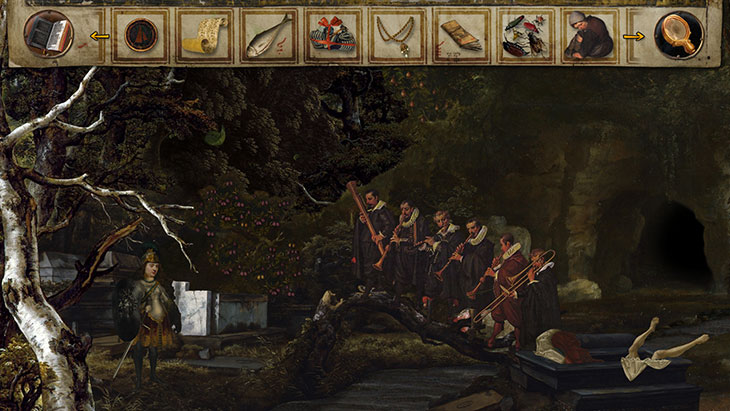
Rembrandt’s Bellona (far left) – the protagonist of The Procession to Calvary. Courtesy Joe Richardson
While art aficionados may be startled to find the Melk Altar’s St Peter (by Jörg Breu the Elder) and Michelangelo’s Cumaean Sibyl guarding a Bellotto doorway, the point-and-click style of the gameplay feels strangely familiar. Just like a viewer embarking on the interpretation of a complex painting, the player must scan the surface of the picture, trying to work out which details are significant and which are merely incidental. In both cases you are attempting to solve a puzzle: in the former, seeking the key to the painting’s iconography and meaning; in the latter, struggling to work out exactly what you might use to convince a skunk to follow you back to the city and into a sitting room painted by Hogarth.
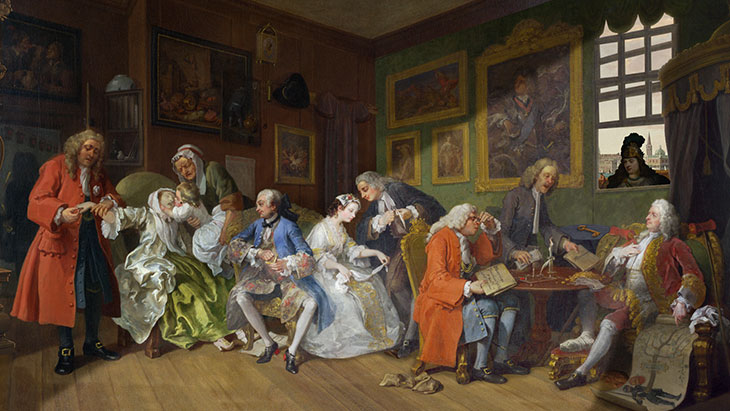
Hogarth’s Marriage A-la-Mode: 1. The Marriage Settlement, remixed. Courtesy Joe Richardson
Richardson began his training as an illustrator, but turned to animating Renaissance paintings ‘to distract people from the simple fact that I could not draw’. Practicalities dictate many of his artistic choices – the protagonists tend to come from paintings that show their subjects’ limbs at a variety of angles, allowing him easily to manipulate them in the landscape of the game. Music is also an important feature: musicians appear in each scene, their instruments corresponding with the vaguely period-appropriate pieces of the soundtrack. Richardson has described the effect that his Renaissance-inspired designs have had on his own appreciation of art:
To be honest I didn’t have much knowledge about the artists when I started […] Visiting an art gallery is a completely different experience now. Not only because I recognize elements in so many of the paintings, but also I look at them very differently now. I can’t help myself thinking about the stories behind the characters, the things that have happened, or could happen in the scenes.
Museums already recognise computer games as worthy of attention: the Museum of Modern Art in New York has been collecting them since 2012, and the Victoria and Albert Museum in London has followed suit. In the current pandemic these institutions need more than ever to engage people with their online collections. Yet we can already see that virtual museum tours aren’t doing enough to capture and hold an audience’s interest: as a recent report for Museum Hack indicates, a surge in Google searches for ‘virtual museum tours’ lasted only four days in mid March, before a sharp decline brought numbers almost back to normal. Could museums look to computer games for ways to liberate their more traditional collections with the world under lockdown? By commissioning designers to write games based on their permanent collections, museums would uncover new ways of engaging the public: interaction, puzzle-solving and humour would extend the hold that a digital offering has on the virtual visitor’s attention span, and perhaps even sneak in a bit of learning while the players think they’re just having fun.
Unlimited access from just $16 every 3 months
Subscribe to get unlimited and exclusive access to the top art stories, interviews and exhibition reviews.

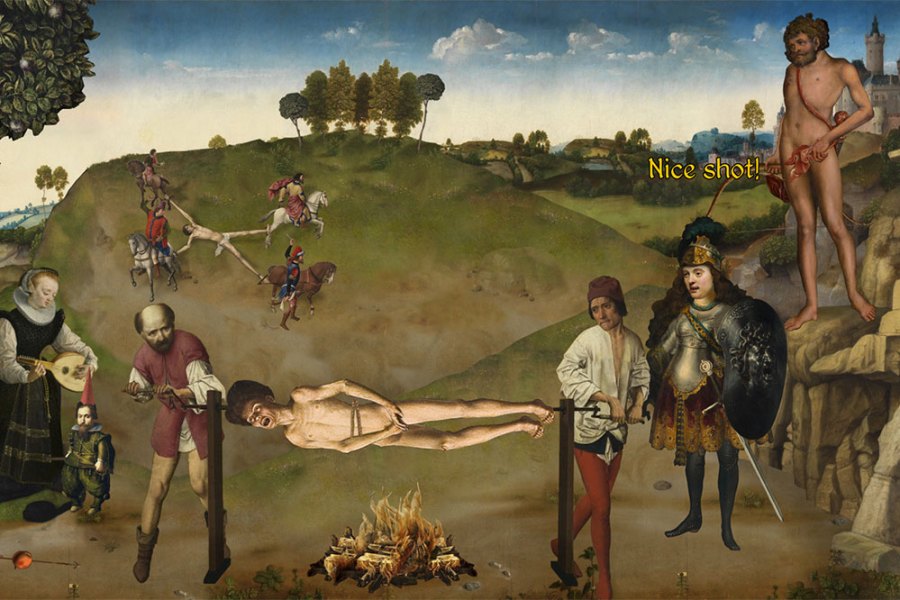
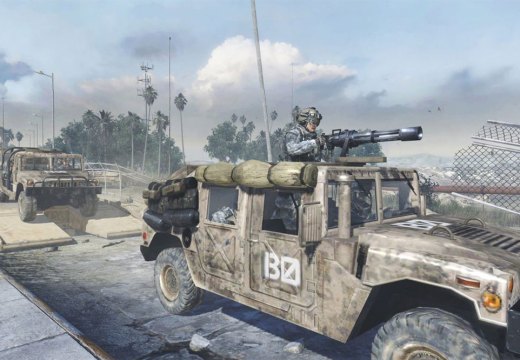
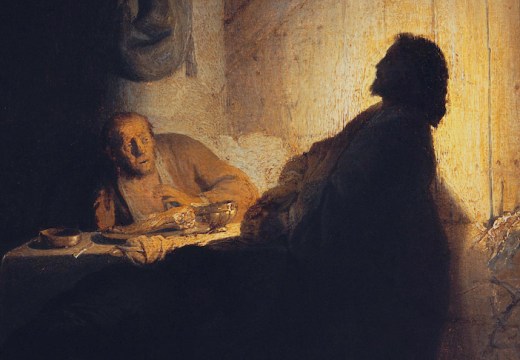










![Masterpiece [Re]discovery 2022. Photo: Ben Fisher Photography, courtesy of Masterpiece London](http://www.apollo-magazine.com/wp-content/uploads/2022/07/MPL2022_4263.jpg)
It’s time for the government of London to return to its rightful home